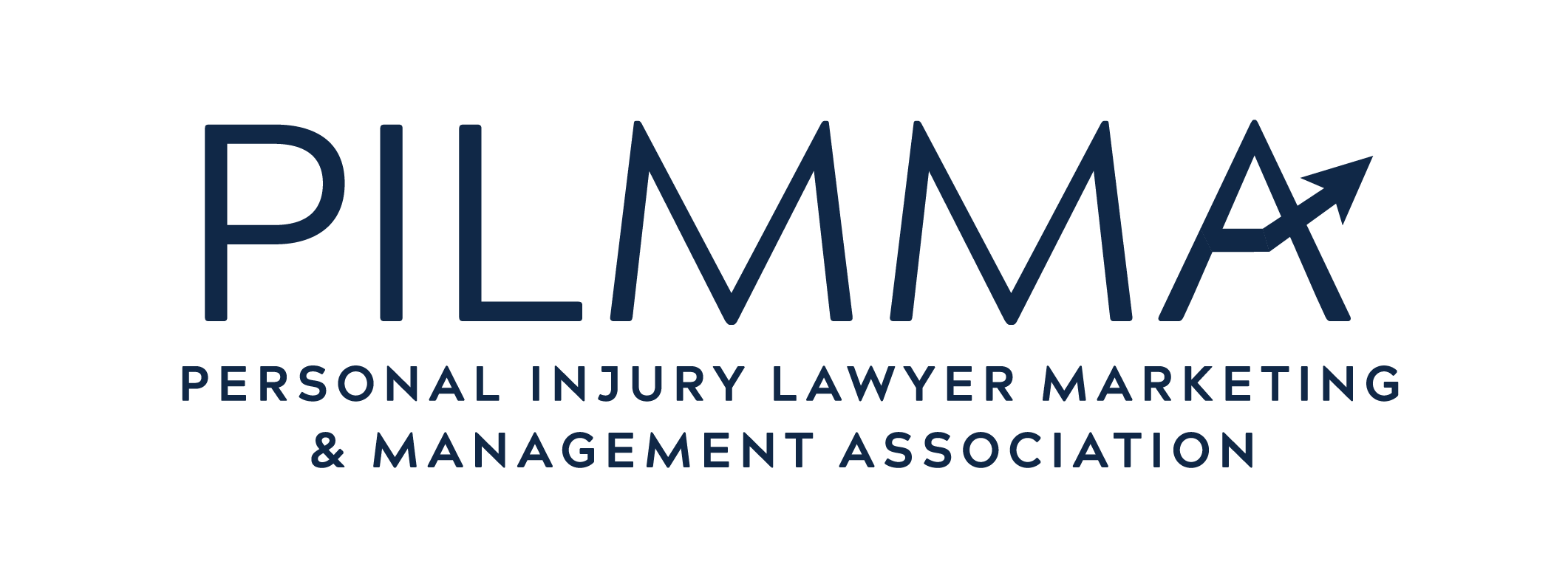WHAT IS PREDICTIVE MODELING
For a few decades, accountability has been on the tip of tongues of every brand marketer and ad agency client. Whether marketing a law firm or promoting the latest SUV or pick-up truck, brands and marketers want to know what rewards their investment will produce. It’s a fair question and one that Morgan & Co. has been addressing for quite some time.
Predictive modeling, or predictions, is an extra phase we started incorporating many years ago. At its core, predictions bring together our team’s experience of the performance of media channels (TV, radio, digital, non-traditional, out-of-home), the power of the creative message and call to action, the market landscape (competitive, audience, economic) and the strength of the brand (high awareness, strong favorability). By marrying such variables, we can anticipate how each channel and vendor will perform and assign outcomes to the campaign. These outcomes, in the form of metrics and KPIs, revolve around the conversion of a client for a law firm. This is how we can confidently tell our clients a campaign will produce “x” number of clicks or calls, by channel, each week or month, and what percentage will convert to a new case.
WHY YOU NEED PREDICTIONS
If not to answer the fundamental question each client wants to know (“How much business will my marketing campaign generate?”), predictive modeling establishes common ground that both the law firm and ad agency can meet on. They allow both teams to discuss the investment, strategy, channel plan and anticipated ROI. Such topics are paramount when you consider each media channel plays a role in bringing awareness of the brand to the audience, ushers that audience through the decision process, and ultimately those channels are responsible for converting a prospect to becoming a law firm’s newest client.

Truth be told, regardless of industry, each market has a limited amount of potential, of which each law firm is gunning for a share. We call it audience sizing – assessing the potential business that exists and that which we can convert. We’re numbers people so this comes easy when we apply audience segmentation, past campaign and media vendor performance. For example, if there are 775,000 people in a market, through elimination of those who do not qualify as our prospects, we can audience size to 75,000 people who we want to speak with.
From there, we can apply predictive modeling of the 75,000 prospects, within an approved budget, to calculate the number of eyeballs we’ll reach, how many will convert to a click for a landing page session, what amount will call the law firm, and ultimately how many will turn into signed cases, giving us a cost per case.
HOW WE USE PREDICTIONS
Establishing a finish line of campaign performance should be enough justification for using predictions and predictive modeling. However, the teams at Morgan & Co. have found many more uses for predictions that benefit our law firm clients.
Strategy – You’ll hear me say “buying more Facebook isn’t strategy”. True marketing strategy is the purpose and value that the law firm’s brand delivers, and the reason a brand is going to market. Purpose must be communicated, and predictive models allow us the means to anticipate how well a media channel and campaign investment will deliver.
Negotiations – When predictions shed light on how media channels and platforms will perform, we acquire leverage in the negotiation process. Digital vendors must deliver, or they don’t make it onto our campaigns. To hold them accountable, we create special compensation models where they only get paid if they hit performance goals (clicks, sessions, calls), avoiding the wasteful CPM spending model.
Optimization – Having established performance goals, we know the finish line. That allows us to optimize the campaign, in real-time, around vendor delivery, creative performance, quality of calls to cases, and finally the cost per case signed.
Observations – Predictions make campaigns more accountable. Such accountability provides observations on the strategy and why elements of the campaigns worked and how to replicate in future efforts. When pieces of the campaign come up short, we dissect and learn to avoid next time. Observations live around creative, media vendors, landing pages, intakes and even predictions. Because of the diversity, observations score performance and ultimately drive growth campaign over campaign.
Predictive modeling, and the predictions that are generated, have allowed Morgan & Co. to bring more clarity, accountability, and success to the law firms we work with. It puts both agency and law firm teams on the same page with a clear understanding of the delivered performance before a campaign even launches. Our clients have loved this aspect of our role as their agency, which has become a staple of our services. If you’d like to learn more about predictive modeling and how it can bring accountability to your marketing, contact Morgan & Co.

